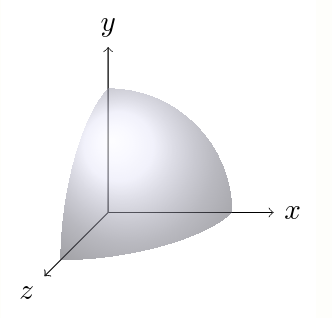Well as long as you’re having fun with it make of it what you like. You may wind up with a better problem.
I’ve dug up Dale’s solution and the description. Again, uncareful reading does me in. I should never perform any activity for public view around 2:30 am.
I will go reread and meditate. My first error was to assume 72°, and everything went downhill from there.
No, actually my first error was to get sucked into this thread at 2:30 am, right after I had thought to go back to bed and try for sleep again.
Well, it’s been revelatory and rather humiliating.
But you guys are great.
[Edit: pertinent segments of this thread have been assembled into a document and printed for tonight’s late-night reading, if needed.
Nothing wrong about 72 degrees. But I find it pretty hard to make anything very accurate with those tools. 
It worked well enough to see what was going on. But your work with Mitchell’s solution was absolutely revelatory. I really appreciated being able to see what was going on there. But sorry it cost you sleep!
Ha!
In my mind the interior lines (the orange ones that form the pyramid in my drawing) are elastics stretched diagonally across the underside of the top face of the cube, and there is an inelastic string that ties the elastics together where they overlap.
The string goes through a hole in the center of the bottom of the cube, and I can pull it down to adjust the depth of the pyramid formed by the elastics.
Entirely physical concepts, except in my head. I can use my mental hands to alter anything I want, but right now I’m just pulling the string down farther, to adjust the depth of the inverted pyramid.
Simple.
- "Knowing the answer already, how do I figure that out for myself?
- I begin, de novo, with eight identical spheres, arranged in a 2 X 2 X 2 pile, like this:
- I begin, de novo, with eight identical spheres, arranged in a 2 X 2 X 2 pile, like this:
- Each sphere has a center point.

- Connecting the center of each sphere with a line yields a cube.
- Interestingly, eight identical portions of the eight spheres, called "octant, is included in the imaginary cube.
- The octant of each sphere that is included in the sphere looks like this:

- The remainder of each sphere that is not included in the imaginary cube looks like this:

- The question asked in the problem above is: How much of the imaginary cube’s volume is not included in any sphere.
- The answer is: "The volume of a sphere.
- Again, the volume of the imaginary cube minus the volume of a sphere is not included in any sphere.
Returning to my original big question:
- My big question was: "Have the different distances between two or more locations ever been used to prove whether the flat earth theory is more accurate or less accurate than the spherical earth theory?
- I have, I believe, identified and demonstrated two facts … on paper, i.e. that:
- (a) the distance between any two vertices of an equilateral triangle will be Identical, whether the triangle is a Euclidean Triangle or a Reveleaux Triangle; and
- (b) the distance between two vertices of a Euclidean Triangle and a Reveleaux Triangle will differ.
- However, I have yet to get an answer to my "big question that satisfies my curiosity. Therefore, I conclude that the answer to my “big question” is “No”.
- As Kendel observed:
- I agree that an actual and repeatable experiment to confirm the two facts which I identified and stated would not be easy to perform, but said experiments would not be impossible.
- IMO, the necessary experiments would involve, in theory, something like firing a rubber bullet from an elevated height at one vertex, and ascertaining the length of time for that “bullet” to make a round trip between any two vertices.
- The proposal to “fire a rubber bullet” between two vertices is,of course, ridiculous.
- However, current technology using a light beam, emitted from a source at one vertex, reflected at a second vertex, and received again at the first vertex is neither impossible nor ridiculous, although I concede, it would be an effort above and beyond the common norm. But what the heck, surely it would easier to accomplish than sending a monkey to the moon and back, wouldn’t it?
This topic was automatically closed 6 days after the last reply. New replies are no longer allowed.
